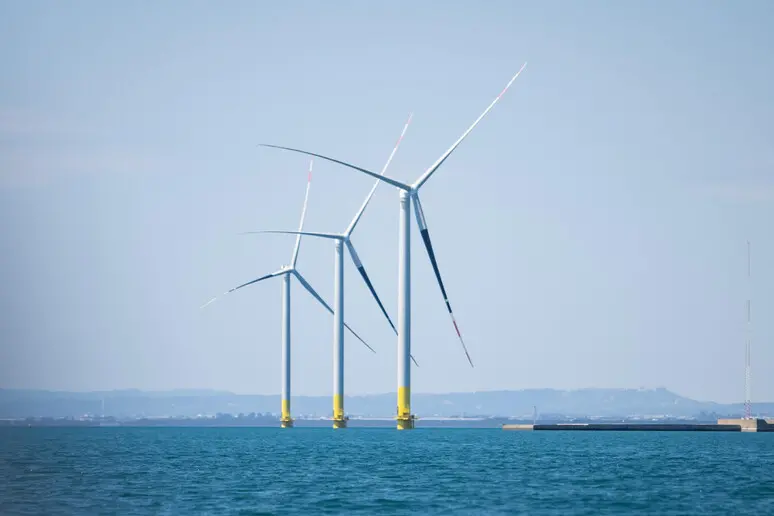Renewables, the State-Regions Conference gives the OK to the Decree to identify the "suitable areas"
Unanimity go-ahead, after the debate opened by Sardinia. Todde council satisfied. Here's what the text saysPer restare aggiornato entra nel nostro canale Whatsapp
Unanimous green light today in the joint State-Regions-Municipalities Conference to the text of the Ministry of the Environment and Energy Security , revised after the debate opened by the Sardinia Region.
The decree will serve to identify the areas in which to create new installations of plants for the generation of energy from renewable sources.
«We are very satisfied with the result obtained , our proposals were accepted , we believe we have made an important contribution», was the comment of the Councilor for Industry of the Sardinia Region, Emanuele Cani , at the end of the Conference, which was also attended the regional councilor for the Environment Rosanna Laconi .
«As the Sardinian region we have contributed to regulating a matter at national level, which has strong positive implications for Sardinia and the Sardinians », also underlined the councilor, who leads the Environment and Energy technical commission within the State-Regions Conference.
La videoconferenza
WHAT THE TEXT PROVIDES – The ministerial decree has the aim of «identifying the distribution between the Regions and autonomous Provinces of the national objective for 2030 of an additional power equal to 80 Gw from renewable sources compared to 31 December 2020, necessary to reach the objectives set by the Pniec" and to "identify suitable and unsuitable surfaces and areas" for the plants.
The provision establishes with a table the objectives of new renewable power year by year for each region, from 2021 to 2030.
At the request of the Sardinia Region, which leads the Environment and Energy Technical Commission of the Conference of Regions, offshore wind will contribute 100% to the achievement of regional quotas, and not just 40% as in the first draft of the decree .
Furthermore, the Decree provides that it is up to the Regions and autonomous Provinces to identify suitable and unsuitable areas for renewable energy plants, within 180 days of the entry into force of the provision .
The Regions and autonomous Provinces can conclude agreements among themselves for the statistical transfer of certain quantities of power from clean sources. The Ministry of the Environment monitors the achievement of the required quotas and, in case of non-compliance, can intervene with substitutive powers .
The Decree also indicates to the Regions and autonomous Provinces a series of criteria to identify or exclude the suitability of the areas , starting from the «needs for the protection of the cultural heritage and landscape, of agricultural and forestry areas, of the quality of the air and of the water bodies , favoring the use of surfaces of built structures, such as industrial warehouses and car parks, as well as areas for industrial, artisanal, services and logistics use, and verifying the suitability of areas that cannot be used for other purposes, including surfaces unusable agricultural crops".
The provision also establishes that «the surfaces and areas that are included in the perimeter of the assets subject to protection are considered unsuitable» . In the first draft of the decree, it was written that these areas "may be considered unsuitable", a provision which had provoked opposition from the Regions.
The text also specifies «the Regions can establish a buffer zone from the perimeter of the properties subject to protection of differentiated width depending on the type of plant, proportionate to the property subject to protection, up to a maximum of 7 kilometers» .
The provision - finally - saves existing systems and their renovations from all new constraints.
WHAT HAPPENS NOW – Now the decree will pass to the Council of State for stamping and then it will be published in the Official Journal. The Regions, therefore also Sardinia, will have 180 days to legislate in application of the decree law.
(Unioneonline)
Contributions and images by Roberto Murgia
